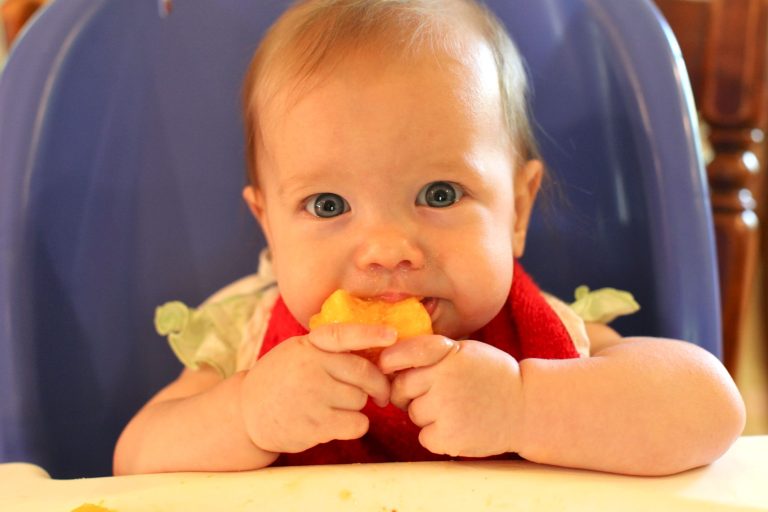Baby Sleep Training: A Guide to Peaceful Nights for New Parents

Discover when and how to start sleep training for your baby. Learn about methods, signs of readiness, and tips for success. Sweet dreams await your family!
Sleep Training Your Baby: A Guide to Restful Nights
Introduction:

As a new parent, you may eagerly await the day your baby starts sleeping through the night. While every baby is unique, sleep training can help establish healthy sleep habits and bring more peaceful nights for both you and your little one.
Let’s explore when and how to begin sleep training your baby
When to Start Sleep Training Your Baby:
- Age Consideration:
Pediatricians often suggest waiting until your baby is 4 to 6 months old before starting sleep training. At this age, babies typically have a more predictable sleep schedule and are capable of longer stretches of sleep.
- Health and Weight:
Ensure your baby is healthy and gaining weight steadily before starting sleep training. If your baby is still in the early stages of development or has special health considerations, consult your pediatrician before beginning any sleep training techniques.
- Nighttime Feedings:
If your baby is breastfeeding or bottle-feeding at night, they may need those nighttime feedings for nourishment. You can consider sleep training once your pediatrician confirms your baby can go without nighttime feedings.
Signs Your Baby is Ready For Sleep Training:
- Self-Soothing:
If your baby can self-soothe by sucking their thumb, fingers, or a pacifier, it’s a good sign they might be ready for sleep training.
- Bedtime Routine:
When your baby consistently follows a bedtime routine and signals readiness for sleep, it may indicate they are ready for sleep training.
- Short Naps:
If your baby takes short, inconsistent naps during the day, they might not need more sleep. Sleep training could help improve their nap routine.
Methods of Sleep Training:
- Cry It Out (CIO):
This method lets your baby cry briefly before checking in. Over time, the intervals gradually increase. The goal is to teach your baby to self-soothe and fall asleep independently.
- Ferber Method:
Similar to CIO, the Ferber Method involves allowing your baby to cry for gradually increasing intervals. However, it also includes soothing and reassuring your baby during check-ins.
- Chair Method:
In this approach, you sit by your baby’s crib until they fall asleep. Over time, you gradually move the chair farther away until your baby learns to fall asleep without your presence.
- No Tears Method:
This gentle approach promptly responds to your baby’s needs and offers comfort as they learn to sleep independently. It doesn’t involve letting your baby cry extensively.
Tips for Successful Sleep Training:
- Consistency:
Choose a sleep training method that aligns with your parenting style and stick to it consistently.
- Bedtime Routine:
Create a calming bedtime routine to let your baby know it’s time to sleep.
- Nap Schedule:
Ensure your baby has a consistent nap schedule during the day to prevent overtiredness at bedtime.
- Create a Sleep Environment:
Make the sleep environment conducive to rest – dim lights, a comfortable crib, and a soothing white noise machine.
- Stay Patient:
Sleep training takes time and patience. Be prepared for some challenging nights as your baby learns the new routine.
Consult Your Pediatrician:
Before embarking on sleep training, consult your pediatrician. They can offer guidance tailored to your baby’s needs and health considerations.
Conclusion:
Sleep training is a journey that requires careful consideration, patience, and understanding. As you begin this journey, remember that each baby is individual, and what may be effective for one may not work for another. Stay attuned to your baby’s cues, celebrate small victories, and be prepared for occasional setbacks. By consistently providing love and attention over time, you can assist your baby in developing healthy sleep patterns, resulting in peaceful nights and happy days for your entire family.






